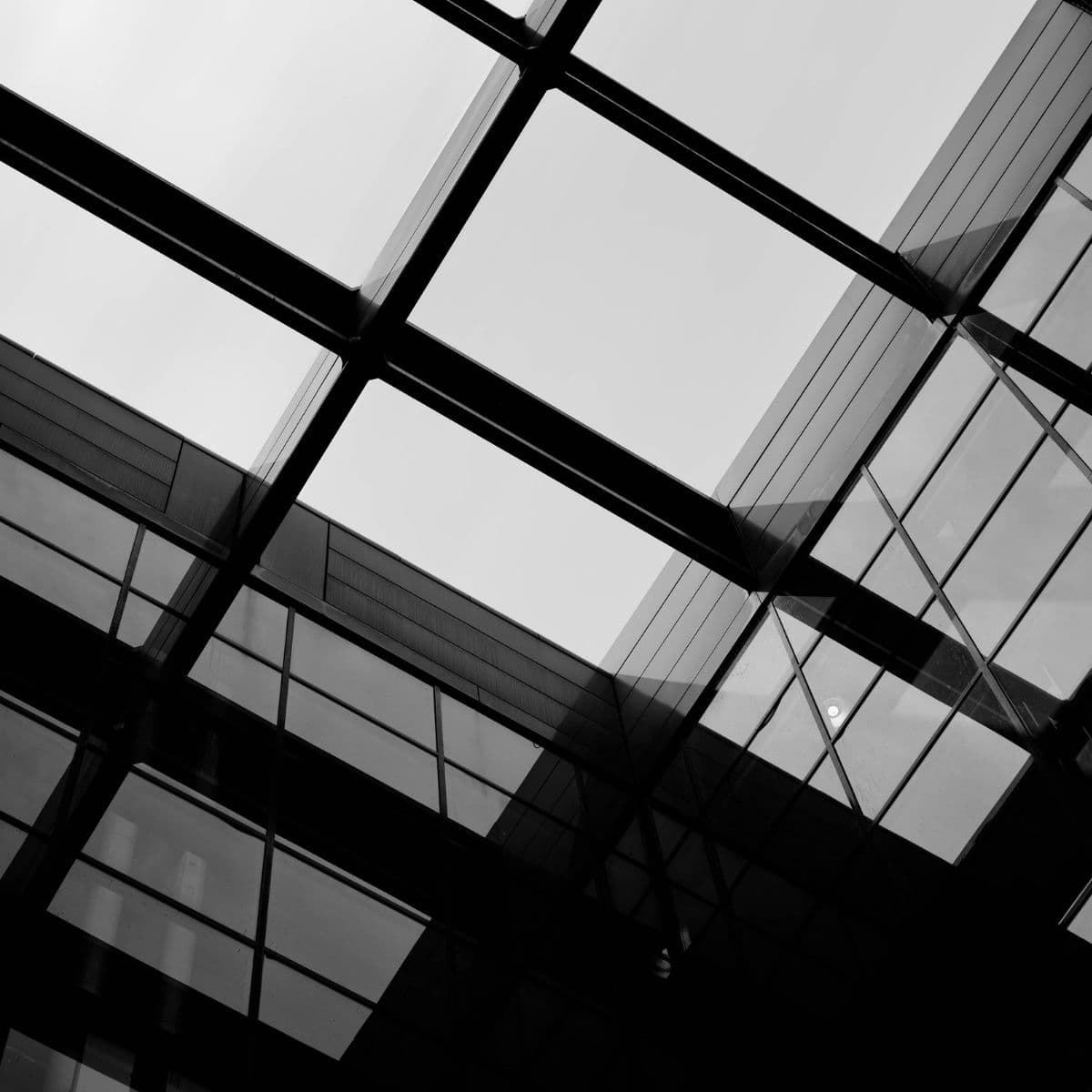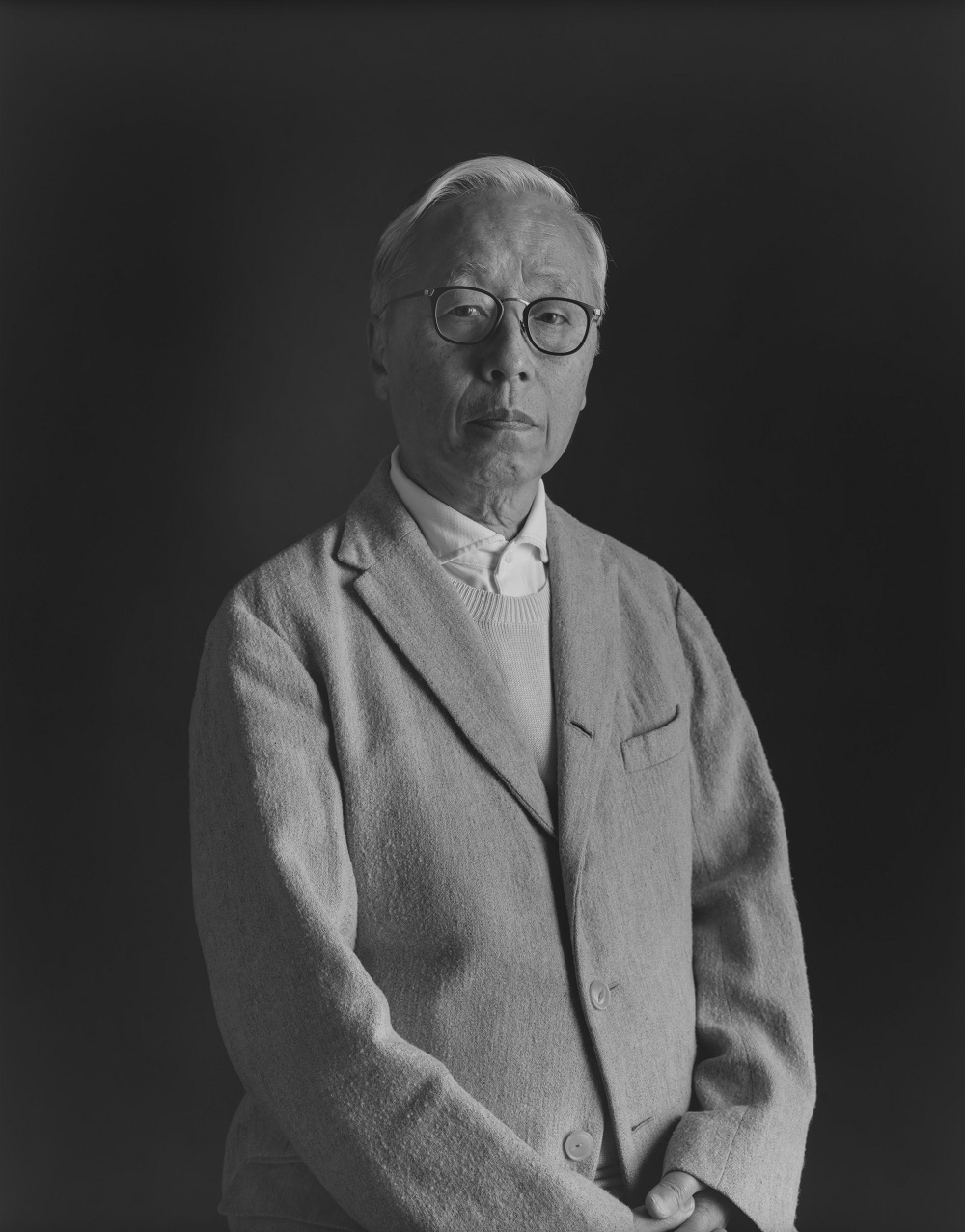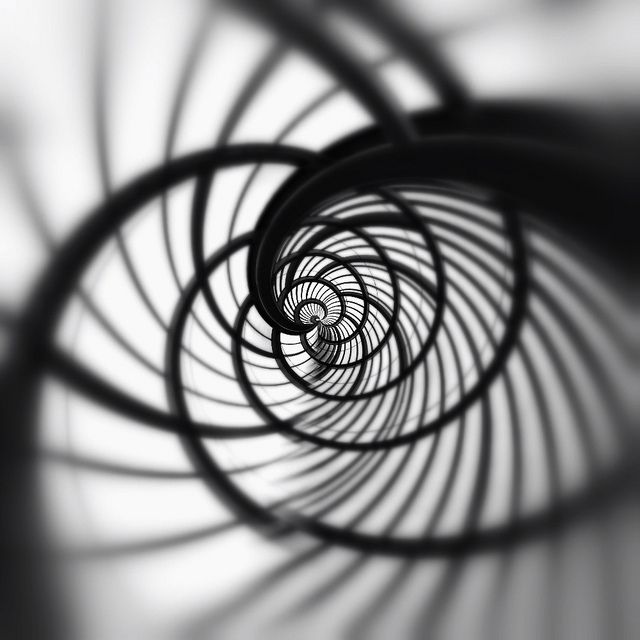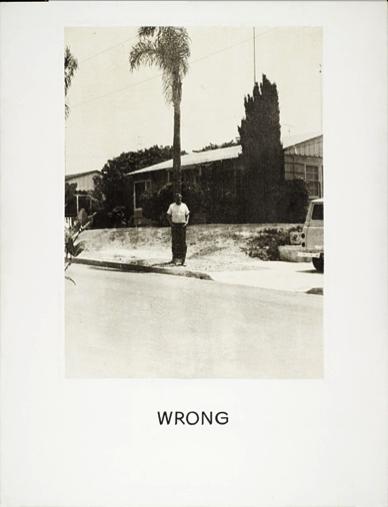In photography, formal elements refer to the fundamental components that make up an image and influence its composition and aesthetic appeal. Understanding these elements helps photographers create more impactful photographs. The primary formal elements includes: Line, Shape, Pattern, Texture, Tone, Focus.
Lines

(DX Image)
This photo by Albert Renger-Patzsch is a great example of formal element, lines. Lines in photography formal elements can guide the viewer’s eye and create structure. Lines can be straight, curved, horizontal, vertical, or diagonal. In this photo we can see lines all over the place and it seems like it is a tree.
Shape

Citation:
“What’s Shape and Form in Photography?” Portraits Refined, 9 Nov. 2021, portraitsrefined.com/shape-form-photography/. Accessed 5 Sept. 2024.
This photo took by David Em give a clear example of formal element, shape. In photography shapes are created by lines and can be geometric (like squares and circles) or organic (free-form shapes found in nature). In this photo you can see different sizes of squares and pattern as the photographer takes the photo of this building.
Pattern:

Citation:
“All Sizes | We All Live in Little Boxes…. | Flickr – Photo Sharing!” Flickr.com, All sizes | We all live in little boxes…. | Flickr – Photo Sharing!, 2024, www.flickr.com/photos/jezbills/3241556911/sizes/z/in/photostream/. Accessed 5 Sept. 2024.
This photo taken by Jez Bills gives us a great example of what pattern in photography means. Pattern in photography refers to a repeated design or arrangement of elements within the frame. This can include shapes, colors, or objects that create a visual rhythm. In this photo we can see the pattern in the houses.
Texture:

Citation:
http://www.facebook.com/goodhart.photography. “Photography Element of Composition: Texture – Goodhart.” Goodhart , 12 Jan. 2022, goodhartphotographyva.com/28-day-photography-challenge-texture/. Accessed 5 Sept. 2024.
In this photo by Goodhart we can see clear examples of texture. Texture is the surface quality of objects, which can be seen or felt. Texture adds depth and interest to an image. In this photo we can see the rises of the tree skin and the cracks and bumps.
Tone:

Citation:
Art, Rise. “What Is Tone in Art?” Rise Art, Rise Art, 7 Jan. 2021, www.riseart.com/guide/2420/what-is-tone-in-art. Accessed 5 Sept. 2024.
In this photo by Rise Art, it clearly shows what tone is in photography. In photography tone refers to the lightness or darkness of an image and the overall mood conveyed through the use of light and shadow. It encompasses the range of brightness levels in a photograph. In this photo we can see the brightness and darkness shifts.
Focus:

Citation:
Laubscher, Michael. “The Importance of Focus in Photography – Wild Eye – Michael Laubscher.” Wild Eye, 3 Apr. 2023, wild-eye.com/the-importance-of-focus-in-photography/. Accessed 5 Sept. 2024.
In this photo by Michael Laubscher, it give a clear example of what Focus is in photography. Focus refers to the sharpness or clarity of an image, particularly concerning the subject. It determines what is in sharp detail and what is blurred. In this photo we can clearly see that the elephant that is closer to the photographer is not in focus and is blurred out. However the zebra behind it is the main object of this photo so it is in focused.























































